Initial results
For many years, people in the mountainous commune of Ta Rut have mainly cultivated the indigenous dwarf banana variety, taking shoots separated from the mother tree. This type of banana has a distinctive flavor, but the fruit is small, low yield, not beautiful in appearance, and the fruit is uneven, so the selling price is low and it is difficult to develop in the direction of commodity production. In order to improve farming efficiency, in 2024, the Provincial Agricultural Extension Center deployed a model of growing red bananas in the commune. After more than a year of implementation, the model has brought positive initial results, opening up a new direction of development from banana trees for people in the mountainous commune of Ta Rut.
The model was deployed from September 2024 on an area of 2.5 hectares, with the participation of 3 households in A Pun village. Households were supported with 100% of seedlings, fertilizers and technical instructions from planting, care to harvesting. The pink banana variety is propagated by disease-free tissue culture technology, helping the plant grow quickly, have large bunches and even fruits. This is a banana variety suitable for the climate and soil conditions of the Ta Rut hilly area; when ripe, the fruit still retains a green stem, bright and beautiful color, firm flesh, sweet and fragrant taste, and is favored by consumers.
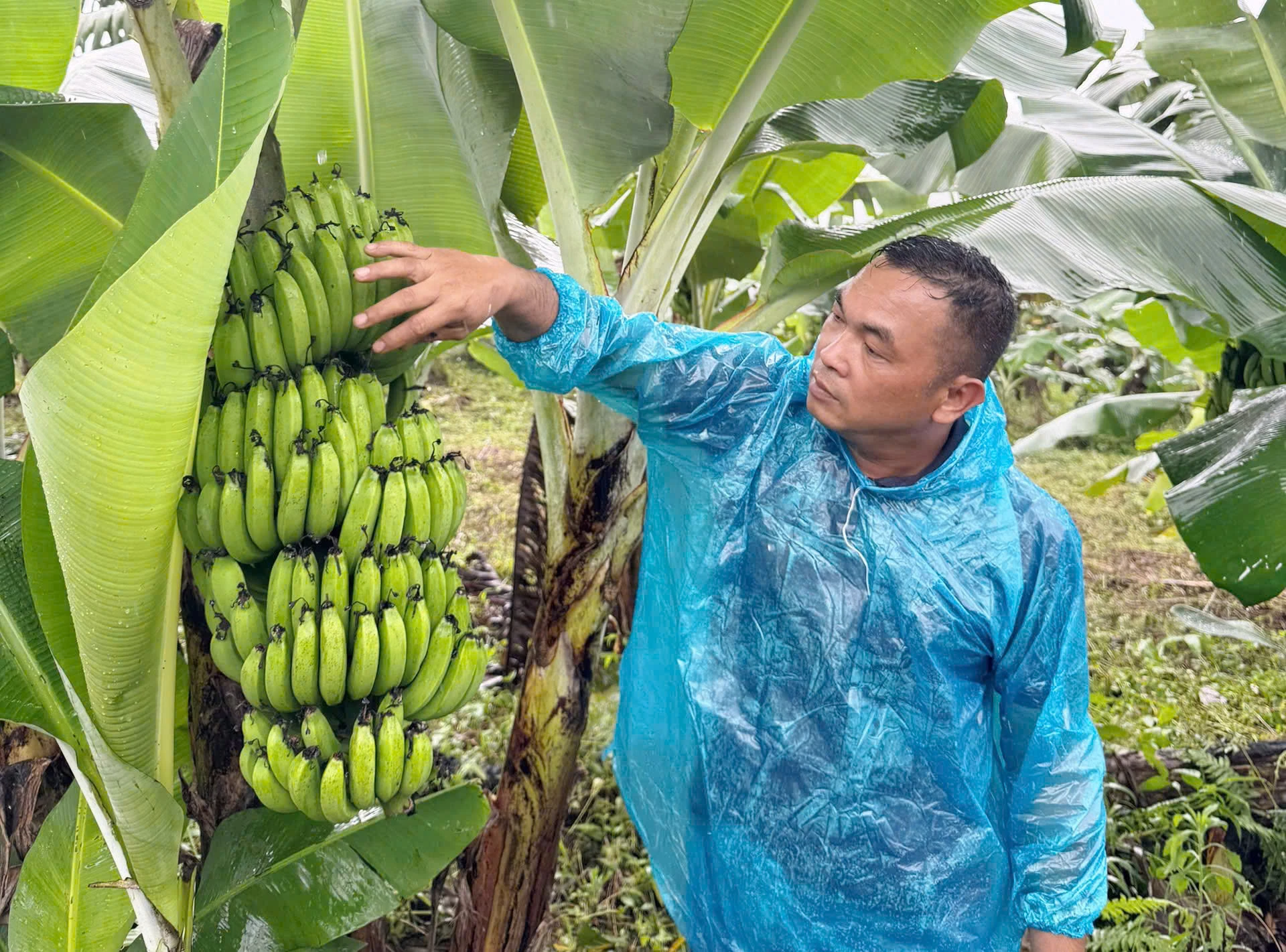 |
| Pink banana bunches weigh about 20kg, with large, even and beautiful fruit - Photo: T.Hoa |
After more than a year of planting and caring, households have recorded positive results: The survival rate of trees is over 95%, trees grow well, the fruiting rate is about 92%. Using tissue culture seedlings combined with standard cultivation processes helps trees grow evenly, the time from planting to harvest is about 12-13 months; stable yield, limited pests and diseases.
Currently, 2.5 hectares of bananas in the model have begun to be harvested, each tree produces a bunch weighing nearly 20 kg, the average yield is over 30 tons/ha. With a selling price of 5,000-6,000 VND/kg, after deducting investment costs, growers earn a profit of over 60 million VND/ha. In particular, from the second year, the total investment cost is only about 35 million VND/ha, which will help banana growers' income increase significantly.
The family of Ms. Ho Thi Thia, A Pun village is one of three households participating in the model. Previously, she only grew dwarf bananas so the efficiency was low. Since receiving support from the Provincial Agricultural Extension Center to grow red bananas, she has followed the technical instructions. Currently, her banana garden is growing well and giving high yield.
Sharing about the effectiveness of the model, Ms. Thia said: “When implementing this model, the family was instructed by technical staff to plant with a distance of 2x2.5m (density of 2,000 trees/ha), seedlings and fertilizers were fully provided. Currently, the bananas in the garden have been harvested, the fruit clusters of the pink banana are much larger than the dwarf bananas grown before, traders came to buy at the site at high prices, so the family is very excited”.
Not only Ms. Ho Thi Thia's household, the other two households participating in the model also achieved similar results. The banana gardens all grew well, with large, uniform fruit clusters and a yield of over 30 tons/ha. This result shows that the pink banana variety is completely adapted to the climate and soil conditions of Ta Rut and can be widely replicated in the near future.
Opening the way for sustainable development
Not only bringing economic efficiency, the pink banana model also contributes to changing the production mindset of local people, from small-scale production to intensive farming, applying technical advances.
According to Deputy Director of the Provincial Agricultural Extension Center Phan Ngoc Dong, the model of growing red bananas in Ta Rut commune has achieved both economic and social goals. This banana variety is suitable for local conditions, with a yield 20%-25% higher than that of native bananas. More importantly, people have learned to keep a logbook and are more proactive in caring for and consuming the products. This is the foundation for building a value chain for red bananas in Ta Rut in the future.
From the results achieved, the model of growing red bananas is assessed to have the potential to be replicated in Ta Rut commune and other hilly and midland areas of the province. When the area is expanded, there is a connection with cooperatives, associated with planting area planning, granting area codes and building packaging facilities, red bananas can completely become the main crop of the locality.
Vice Chairman of Ta Rut Commune People's Committee Ho Van Nhiep shared: "The success of the model is the basis for the locality to gradually form a concentrated commodity production area for pink banana trees. With favorable natural conditions, the commune has identified banana as one of the key crops. Currently, the whole commune still has a lot of area that can be expanded to grow bananas in the coming years, creating a premise for developing large-scale concentrated production areas. We also hope to continue to receive support to build and develop banana growing areas as well as connect and link product consumption, helping people feel secure in investing in production and increasing income in a sustainable way."
According to the assessment of the Provincial Agricultural Extension Center, the development of pink banana not only contributes to diversifying the crop structure but also increases income and improves the lives of people in mountainous areas. In particular, in the context of many traditional crops such as cassava or acacia facing difficulties in output, pink banana is considered a viable choice because this crop is easy to care for, has high economic efficiency, and has the potential to develop production in the direction of goods.
In the coming time, the center will continue to monitor, provide technical support and encourage replication of the model in communes with similar conditions, moving towards forming a large-scale specialized area for growing red bananas to serve commodity production. With the support of specialized agencies, the consensus of local authorities and people, the red banana growing model promises to become a "bright spot" in the sustainable agricultural development of the mountainous commune of Ta Rut and neighboring localities.
Thanh Hoa
Source: https://baoquangtri.vn/kinh-te/202511/trien-vong-mo-hinh-trong-chuoi-tieu-hong-o-ta-rut-bb63c65/


![[Photo] The road connecting Dong Nai with Ho Chi Minh City is still unfinished after 5 years of construction.](https://vphoto.vietnam.vn/thumb/1200x675/vietnam/resource/IMAGE/2025/11/04/1762241675985_ndo_br_dji-20251104104418-0635-d-resize-1295-jpg.webp)


![[Photo] Ho Chi Minh City Youth Take Action for a Cleaner Environment](https://vphoto.vietnam.vn/thumb/1200x675/vietnam/resource/IMAGE/2025/11/04/1762233574890_550816358-1108586934787014-6430522970717297480-n-1-jpg.webp)
![[Photo] Panorama of the Patriotic Emulation Congress of Nhan Dan Newspaper for the period 2025-2030](https://vphoto.vietnam.vn/thumb/1200x675/vietnam/resource/IMAGE/2025/11/04/1762252775462_ndo_br_dhthiduayeuncbaond-6125-jpg.webp)
![[Photo] Ca Mau "struggling" to cope with the highest tide of the year, forecast to exceed alert level 3](https://vphoto.vietnam.vn/thumb/1200x675/vietnam/resource/IMAGE/2025/11/04/1762235371445_ndo_br_trieu-cuong-2-6486-jpg.webp)


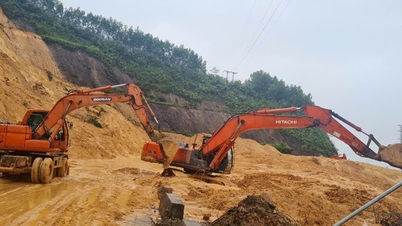





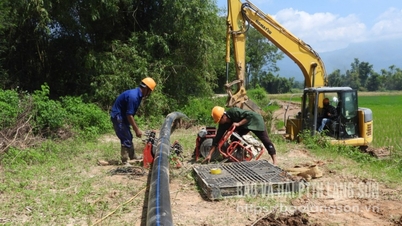








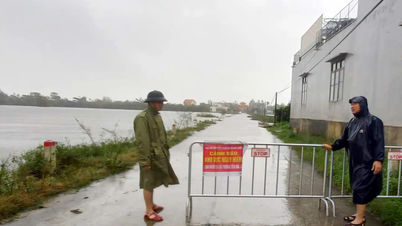
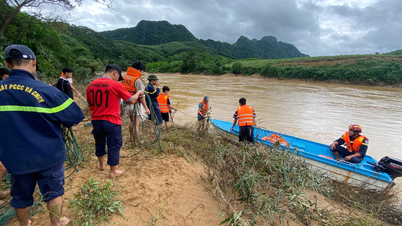
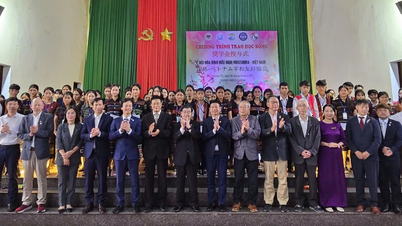
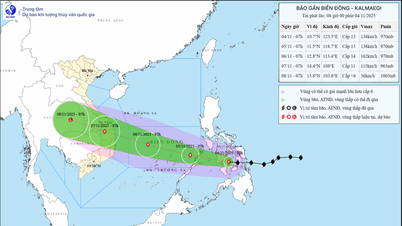








































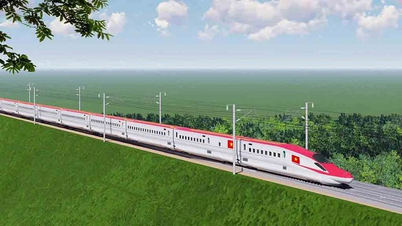
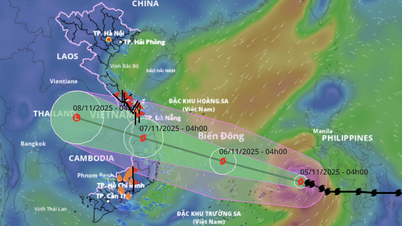




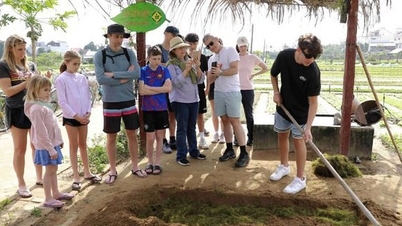



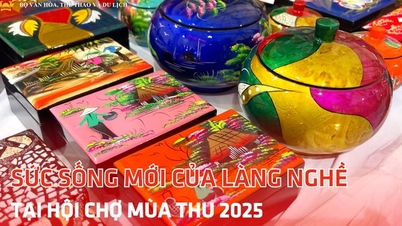




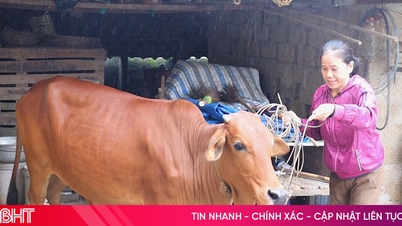




















Comment (0)